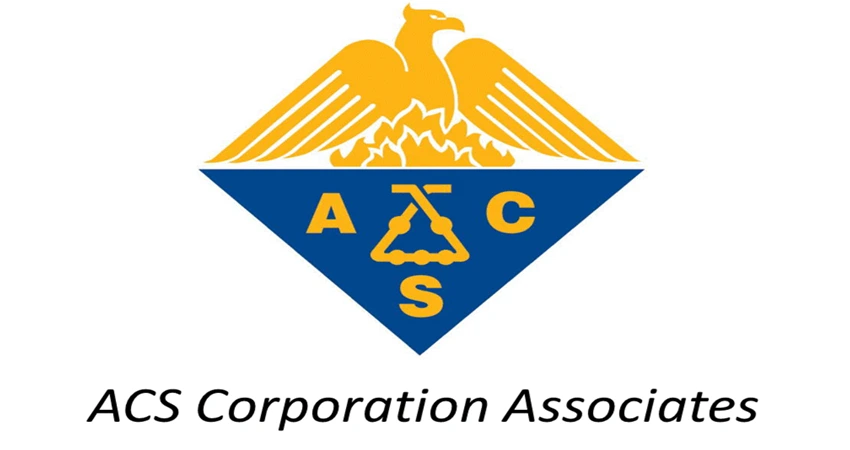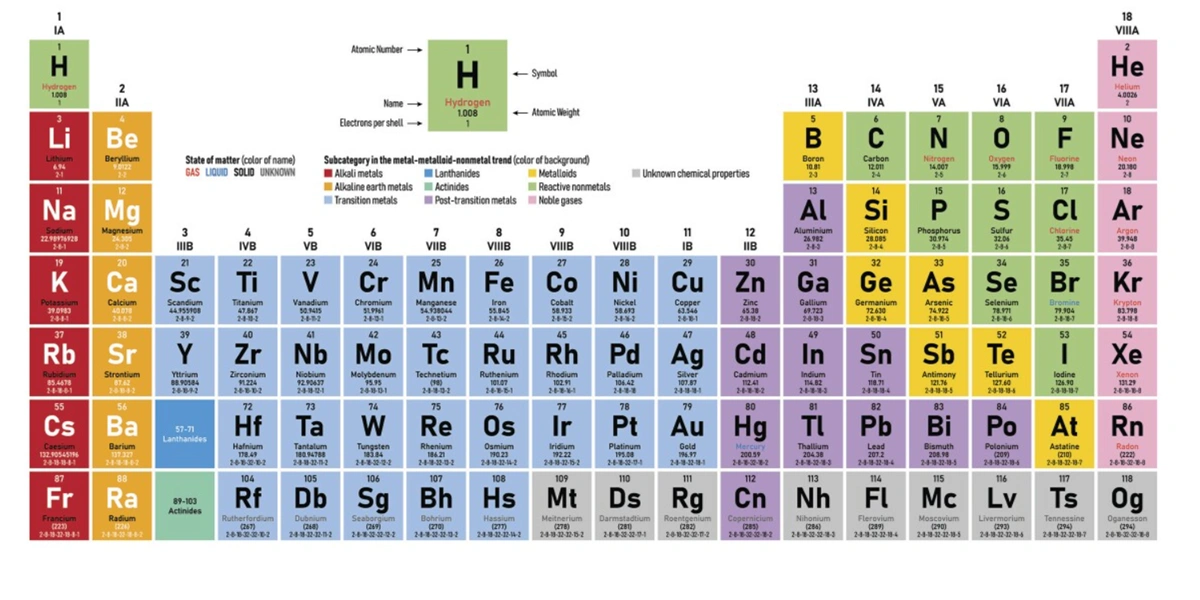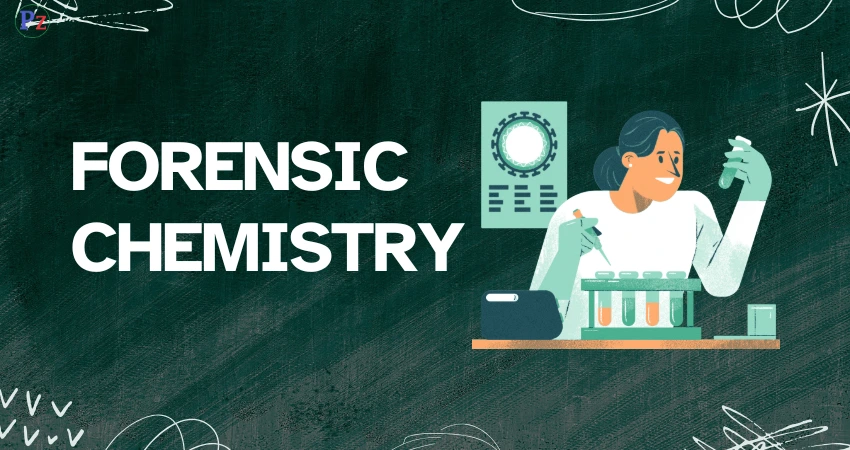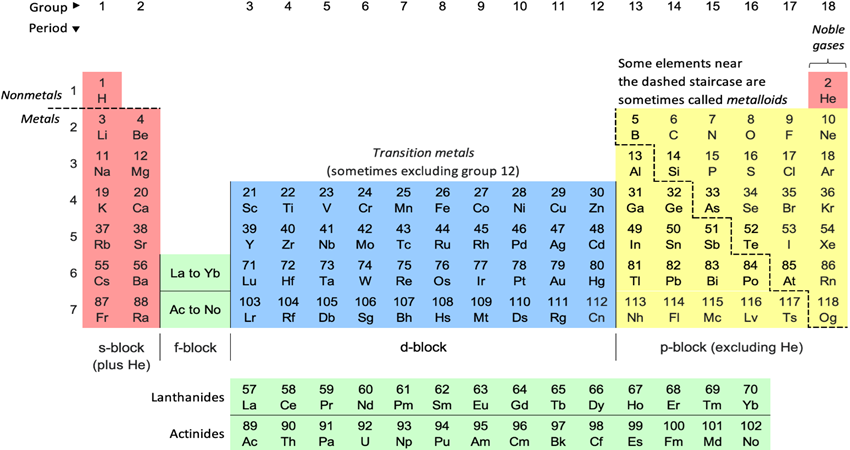The American Chemical Society (ACS) style is a crucial structuring and referencing guide used by chemists and scientists in the chemistry field. Following the ACS style ensures that scientific writing remains clear, consistent, and formal.
ACS is essential when writing scientific articles, academic theses, or research papers. This guideline includes everything from document layout to proper citation referencing, ensuring ethical research, and clearly communicating research concepts.
This guide explains the American Chemical Society style and provides useful tips on formatting research papers and properly attributing sources.
Overview of American Chemical Society Formatting Guidelines
The ACS is a widely accepted structure for writing, composing, formatting, and citing chemistry research articles. Here are the general rules to follow;
-
Paper Layout
- Page Title: The paper should include the title of the document, the author’s name(s), and the university or institution link.
- Abstract: A summary of the analysis, methodology, and key findings.
- Introduction: Historical context and the problem statement.
- Methodology: Comprehensive explanation of research procedures.
- Findings: Report of results, including evidence and notes.
- Analysis: Explanation of findings and their significance.
- Conclusion: Final summary of the research and its more significant impact.
- References: Bibliography of the citations.
-
Formatting Rules
- Font: Use a clear text style, like Times New Roman, and 12-point size.
- Spacing: The paper should have double-line spacing.
- Margins: Use 1-inch margins on page sides.
- Headings: You should write clear and consistent headings. Keep the main headings bold and centered, and bold and align the left subheadings.
- Abbreviations: You should define abbreviations when they are used for the first time. Afterward, keep them constant throughout the paper.
-
Citation Guidelines
- Superscript Numbers: You should use superscript numbers to represent references related to a list of sources at the end of the document.
- Parentheses Citations: Citations appear in parentheses and are linked to a numbered reference list.
- Author and Publication Year: The citation contains the author’s surname and the publication year in parentheses.
Proper Formatting for Figures and Tables in ACS Style
Charts and tables are essential to represent matrices in a structured form. ACS formatting provides special rules for formatting these graphics.
-
Labeling Illustrations
Graphs and charts should be labeled in order and given brief descriptions to explain their information. Place the figure number and caption under the figure.
-
Tables Formatting
Tables must be numbered in sequence, with titles written above each table. Column headings should be precise, and measurement units should be provided in brackets as needed.
Guidance on Writing in ACS Style
When writing your document in American Chemical Society style, consider these practical tips:
- Uniformity: Maintain consistency throughout your document, from citation style to formatting. Inconsistent formatting can mislead readers and hurt the professionalism of your work.
- References: Ensure proper citation formatting and all sources are included in the bibliography.
- Figures and Tables: Accurately label figures and tables with brief captions. Make sure they follow ACS formatting rules.
- Proofreading: Always review your document against formatting errors.
Following the American Chemical Society (ACS) style is essential for producing clear, professional, and consistent scientific writing in chemistry and related fields. This style guide ensures that papers are well-structured, citations are accurate, and visual elements such as figures and tables are appropriately formatted. By adhering to American Chemical Society formatting rules, including double-spacing, proper citation methods, and clear headings, researchers ensure their work meets the highest academic integrity and clarity standards. Attention to detail and consistency in formatting are crucial to presenting your research in a credible and accessible manner, promoting effective scientific communication.
Read also: A balanced chemical reaction obeys the law of responses






